Pasta is a universally loved dish, and when it comes to simplicity and flavor, few recipes can rival tomato basil pasta. This classic Italian dish is a celebration of fresh ingredients and uncomplicated cooking techniques, resulting in a meal that’s both satisfying and sophisticated. Whether you’re a novice cook or an experienced chef, making the best tomato basil pasta is within your reach. Let’s dive into the steps and tips that will help you create this delightful dish.
Ingredients That Shine
The key to exceptional tomato basil pasta lies in the quality of the ingredients. With just a few components, each one must be at its best.
Tomatoes

Start with ripe, juicy tomatoes. While you can use canned tomatoes in a pinch, fresh tomatoes bring a vibrant, natural sweetness to the dish. Roma or plum tomatoes are ideal due to their dense flesh and rich flavor. During peak season, heirloom tomatoes can add an extra layer of complexity with their varied colors and tastes.
Basil

Fresh basil is non-negotiable. This herb infuses the pasta with its aromatic, slightly sweet flavor. When selecting basil, look for bright green leaves free from blemishes. Store it properly to maintain its freshness until you’re ready to use it.
Olive Oil

A good quality extra virgin olive oil is crucial. It serves as the base for your sauce, providing a rich, fruity backdrop that complements the tomatoes and basil.
Pasta
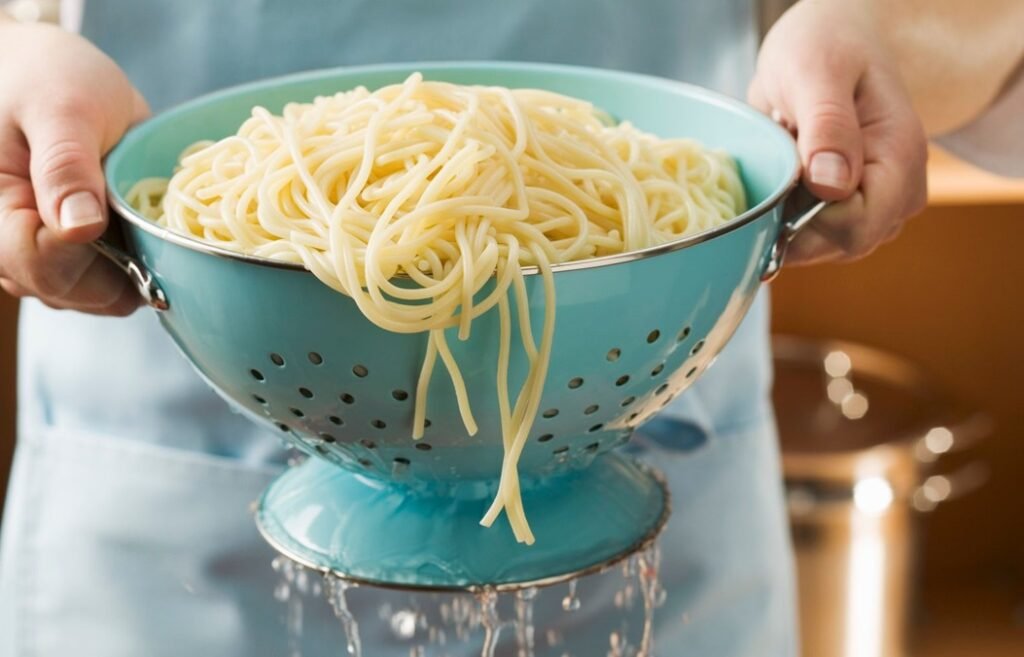
Choose a high-quality pasta, preferably made from durum wheat. Spaghetti, fettuccine, or penne are all excellent choices for this dish. Fresh pasta can also elevate the meal, offering a delicate texture that pairs well with the sauce.
Garlic
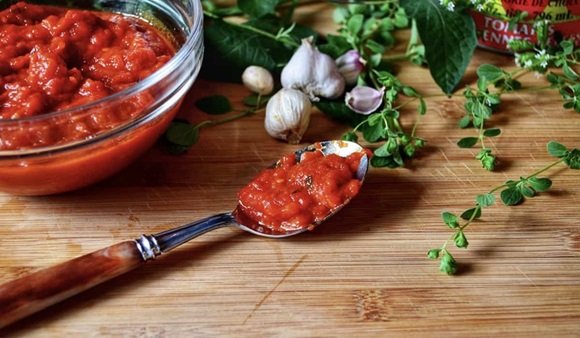
Garlic adds depth to the sauce. Fresh cloves, finely chopped or minced, will yield the best results.
Cheese
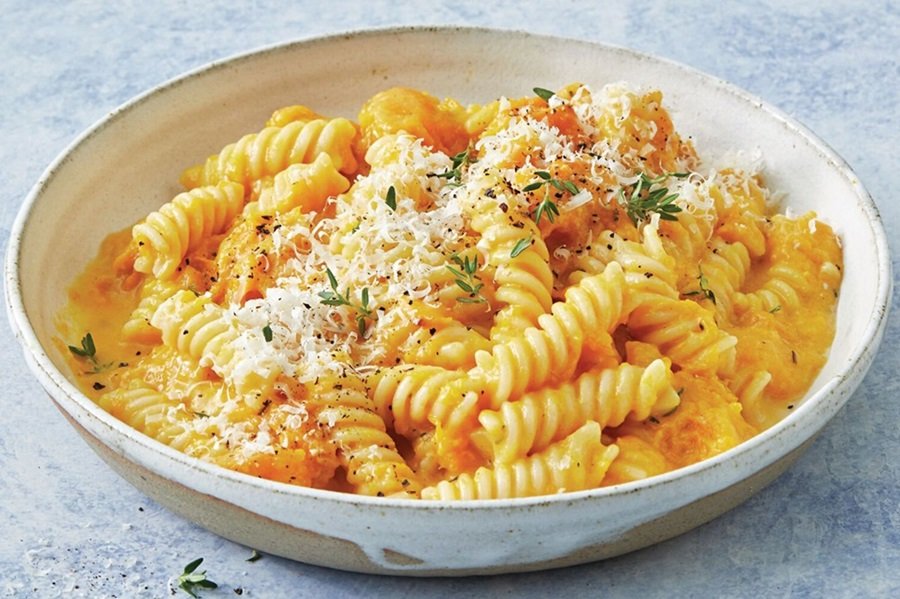
While optional, a sprinkle of freshly grated Parmesan or Pecorino Romano can enhance the dish’s flavor, adding a touch of saltiness and umami.
Step-by-Step Preparation
Now, let’s break down the process of making tomato basil pasta into simple, manageable steps.
Step 1: Preparing the Tomatoes
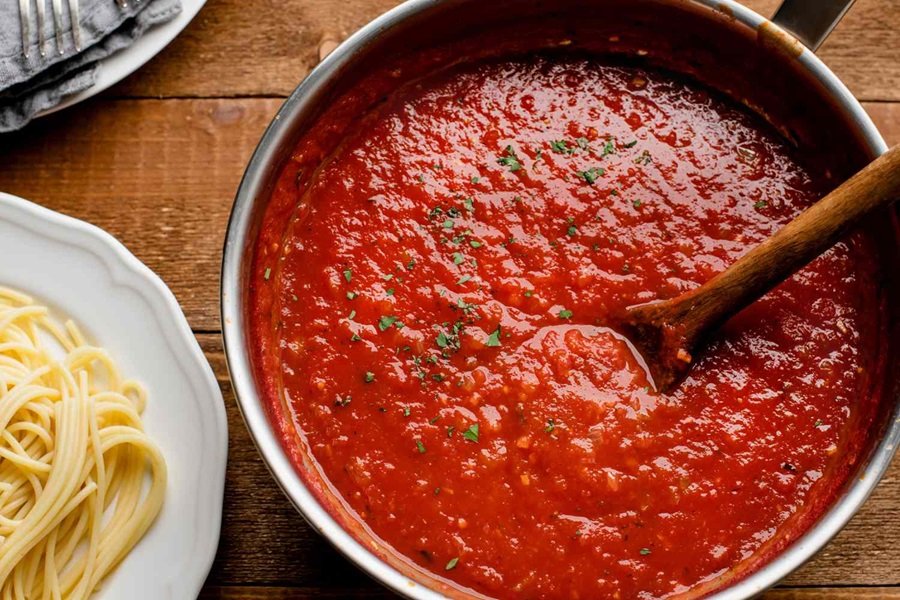
Start by preparing your tomatoes. If using fresh tomatoes, blanch them in boiling water for about 30 seconds to a minute, just until the skins start to peel away. Transfer them immediately to an ice bath to stop the cooking process. Once cooled, peel off the skins, cut the tomatoes in half, and remove the seeds. Chop the tomatoes into small pieces.
If you’re using canned tomatoes, choose whole peeled tomatoes and crush them by hand or with a fork to achieve a similar consistency.
Step 2: Cooking the Pasta
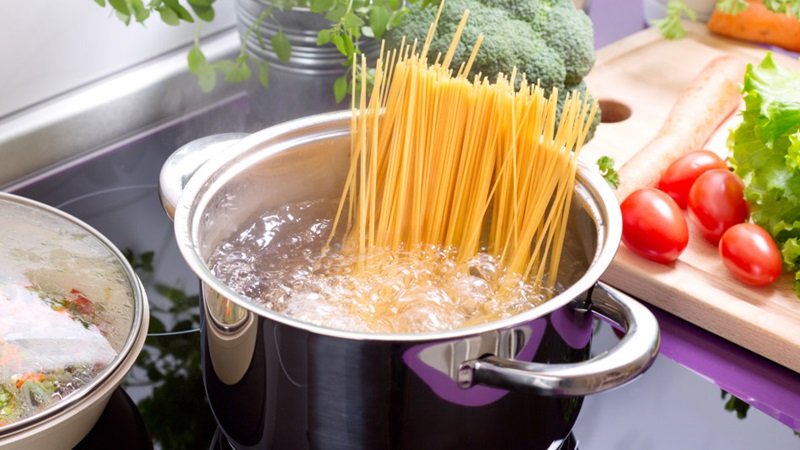
Bring a large pot of salted water to a boil. The salt enhances the pasta’s flavor as it cooks. Add your pasta and cook according to the package instructions until it is al dente – tender but with a slight bite. Reserve about a cup of pasta water before draining the pasta. This starchy water will help thicken your sauce later.
Step 3: Making the Sauce
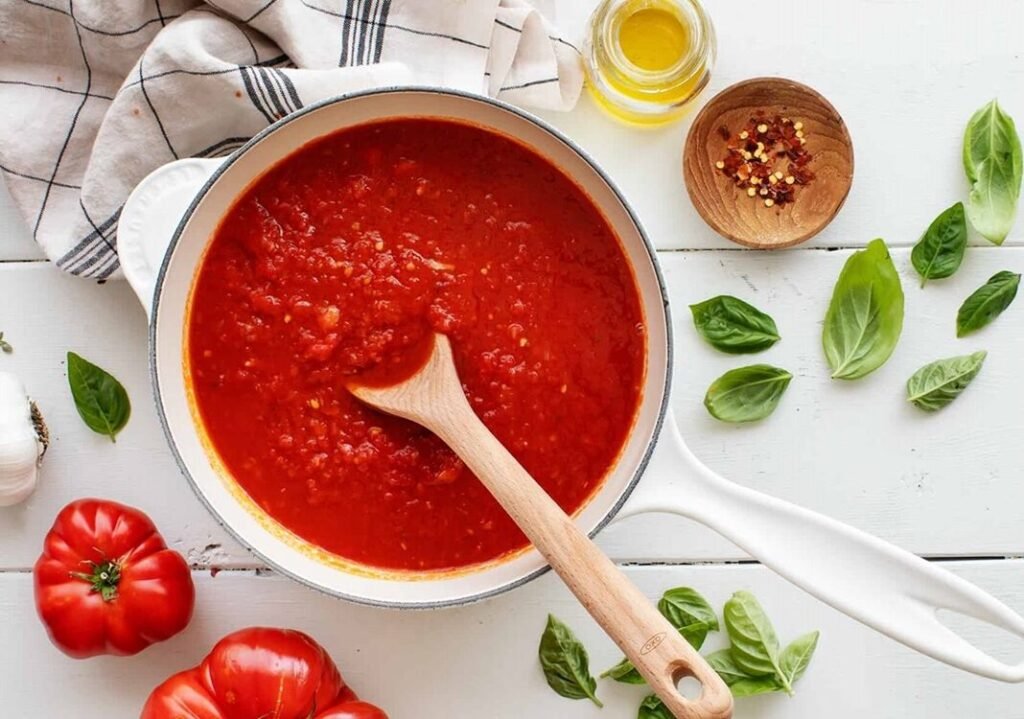
While the pasta is cooking, heat a generous amount of olive oil in a large skillet over medium heat. Add the chopped garlic and sauté until fragrant, being careful not to burn it. This should take about 1-2 minutes.
Add the chopped tomatoes to the skillet. If you like a bit of heat, you can add a pinch of red pepper flakes at this stage. Cook the tomatoes, stirring occasionally, until they break down and form a sauce. This should take about 10-15 minutes. If the sauce seems too thick, you can add a bit of the reserved pasta water to achieve your desired consistency.
Step 4: Combining Pasta and Sauce
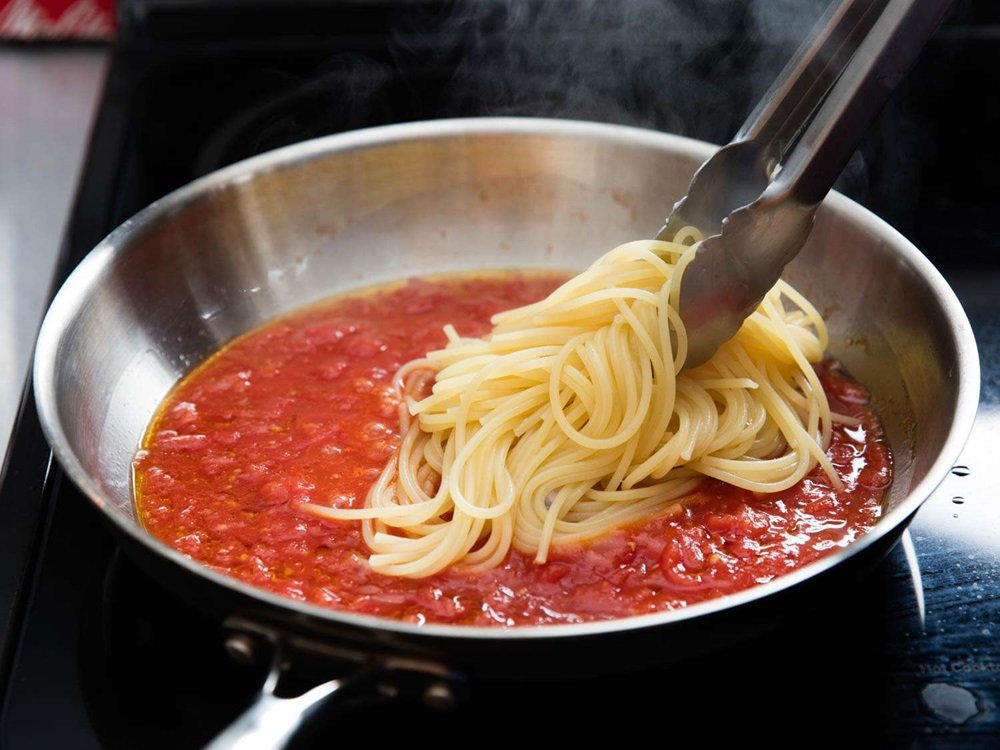
Once the sauce is ready, add the cooked pasta to the skillet. Toss to combine, ensuring each piece of pasta is coated with the sauce. If needed, add more pasta water to loosen the sauce and help it cling to the pasta.
Step 5: Adding Fresh Basil
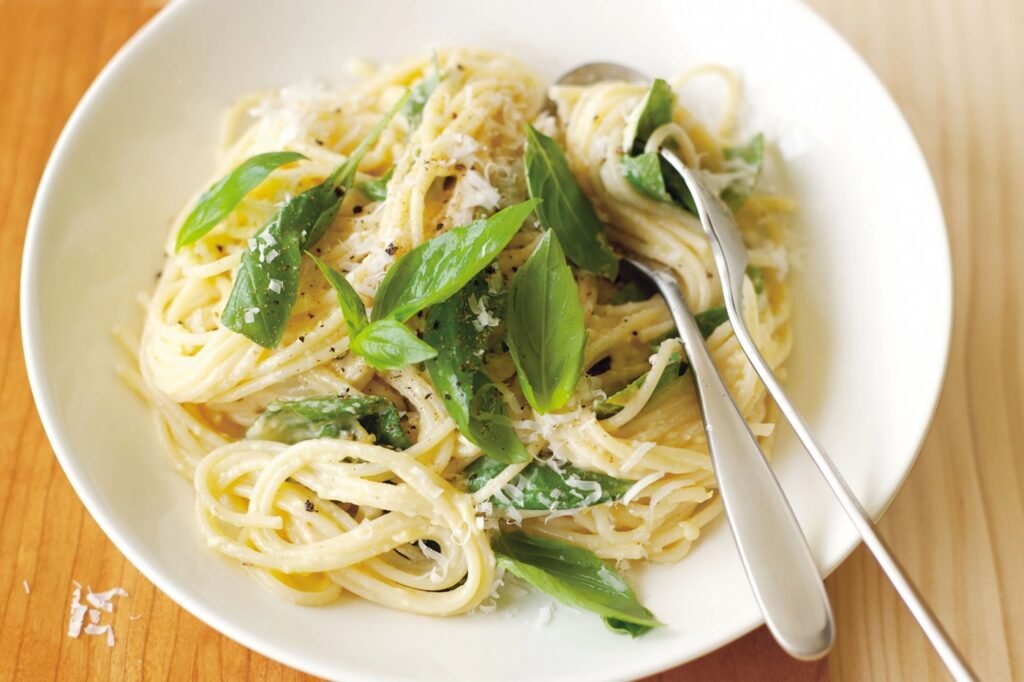
Remove the skillet from heat and add the fresh basil leaves. Tear the leaves into smaller pieces to release their oils and fragrance. Toss the pasta gently to distribute the basil evenly. The residual heat will wilt the basil just enough, enhancing its flavor without cooking it down completely.
Step 6: Finishing Touches
If desired, finish the dish with a drizzle of extra virgin olive oil and a sprinkle of freshly grated Parmesan or Pecorino Romano cheese. A few cracks of black pepper can also add a nice touch.
Step 7: Serving
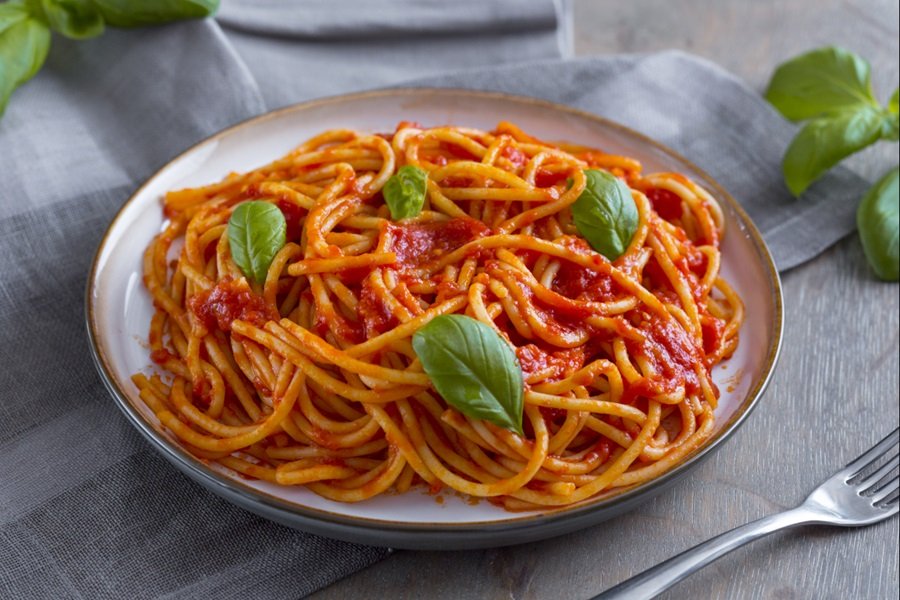
Serve the tomato basil pasta immediately, garnished with a few extra basil leaves for a pop of color. This dish is best enjoyed fresh, while the flavors are vibrant and the pasta is perfectly al dente.
Tips for the Best Tomato Basil Pasta
- Use Fresh Ingredients: Fresh tomatoes and basil make a significant difference. If fresh tomatoes are out of season, use high-quality canned tomatoes.
- Don’t Overcook the Pasta: Al dente pasta provides the best texture. Remember that the pasta will continue to cook slightly when combined with the sauce.
- Reserve Pasta Water: The starchy water is a great way to adjust the consistency of your sauce and help it adhere to the pasta.
- Adjust Seasoning: Taste the sauce before combining it with the pasta and adjust the seasoning as needed. A little salt and pepper can go a long way.
- Serve Immediately: Tomato basil pasta is best served right away. If you must reheat it, do so gently to avoid overcooking the pasta.
Why Tomato Basil Pasta is Perfect for Any Occasion
Tomato basil pasta is a versatile dish that suits any occasion. It’s quick and easy enough for a weeknight dinner yet elegant enough for entertaining guests. Its light, fresh flavors are perfect for warm weather, while its comforting nature makes it a go-to in cooler months. Plus, it’s a crowd-pleaser – who can resist a bowl of perfectly cooked pasta smothered in a fragrant tomato and basil sauce?
In conclusion, making the best tomato basil pasta is all about using high-quality ingredients and simple techniques to highlight their natural flavors. With these steps and tips, you can create a dish that’s not only delicious but also a testament to the beauty of simplicity in cooking.
